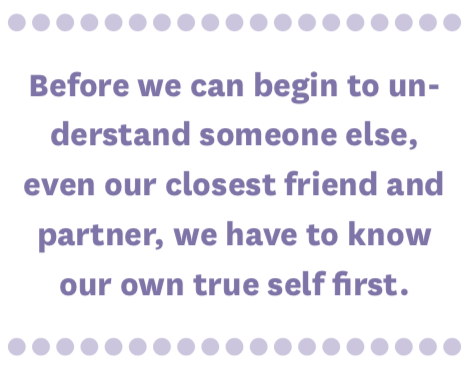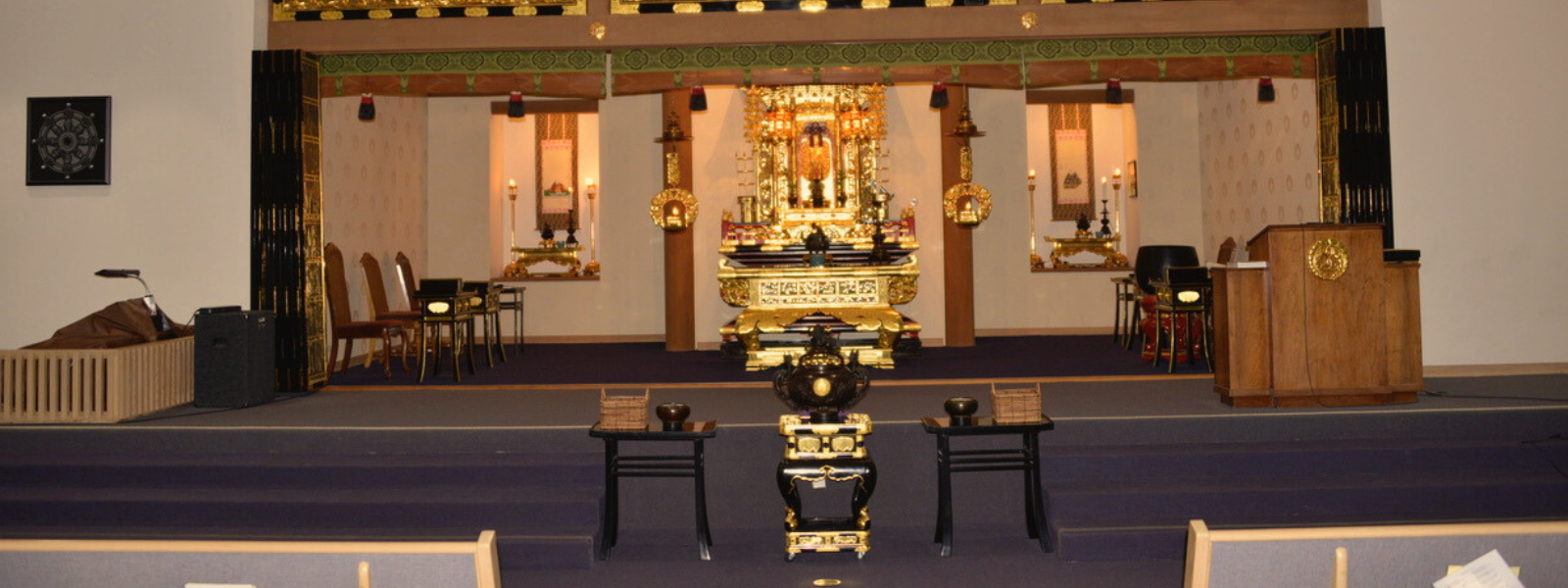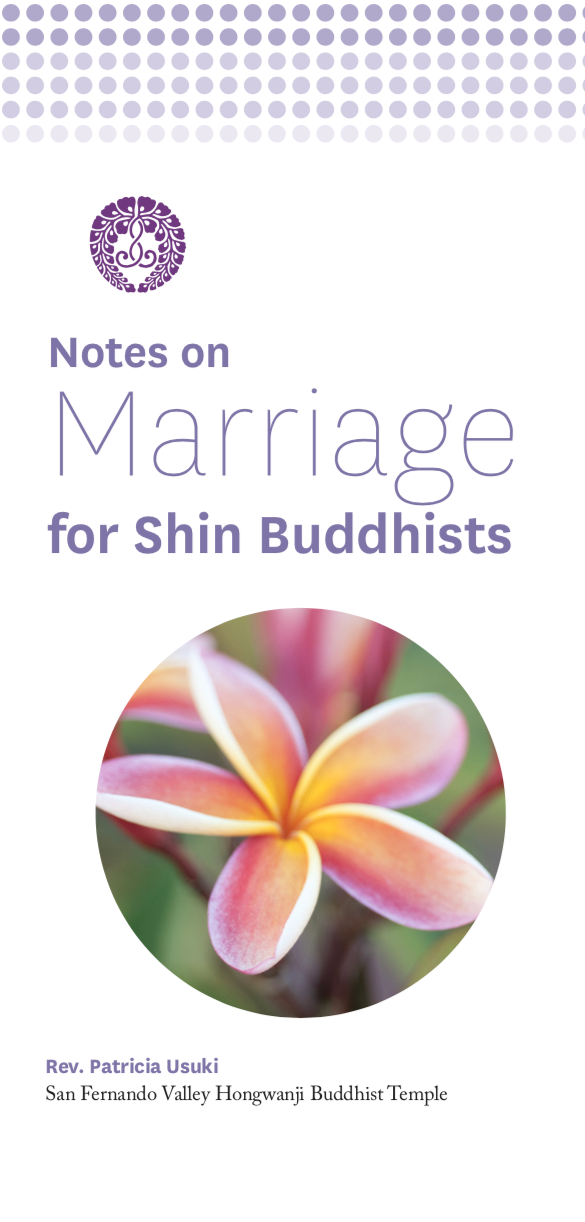Marriage
Marriage gives us an ideal opportunity to reflect on our lives as Buddhists. It is an occasion to recognize that the dharma will always be with us as our most reliable guide in our pursuit of personal peace, harmony and happiness.
History
Historically, Buddhists are not known to have considered marriage a religious sacrament requiring rites, vows or oblations presided over by a priest. Over the years, however, as Buddhism passed through many societies and cultures, some of its adherents did come to celebrate wedding ceremonies in their temples, often incorporating local customs and perhaps even superstitions.
In the West, Buddhist weddings are influenced by European culture, though the rites and rituals are quite different and the ceremony relatively simple. The occasion is an opportunity for the couple to focus on the spiritual aspect of their union as Buddhists. For Shin Buddhists, it is an important time to reflect on the teaching and express gratitude for being embraced by the compassionate benevolence and wisdom of life that is Amida Buddha.
We can find early sutras written centuries ago that mention the duties of a husband and a wife. Some of these details are still mentioned in Buddhist literature today, even though they represent the mores and socio-cultural values of ancient India. What is important to keep in mind is that these scriptures did not indicate that the Buddha was laying down an immutable code of domestic law. Instead, he was suggesting guidelines on basic principles of living. In other words, the details of duties or the definition of the respective roles of each partner are not what is essential. Rather, the Buddha’s emphasis was on the concept of reciprocity and non-dominance in a partnership, characterized by equal sharing of rights, responsibilities and feelings. In our society today, roles and duties vary from couple to couple, but feelings of love, caring and respect should be shared by both parties and decision-making in a marriage should reflect the same Right View with which we consider all things.
Shared Goal – The First Shinshu Couple
We must remember that the Buddha was not primarily interested in social reform, but in the individual pursuit of spiritual enlightenment. He did not discriminate against anyone, man or woman, rich or poor, in sharing his teaching. Since he considered all people to be equal before the truth of life, he indicated that a couple was on equal standing as they traveled through this life together. He is said to have declared that “the wife is the comrade supreme … to whom a secret can be told that can be told to no one else,” recognizing the close relationship that a couple should have in sharing this important journey. Indeed, when two people make a lifelong commitment to each other, they can rejoice in their respective and varied attributes that enrich each other. At the same time, it is an occasion to celebrate the unity of their hearts and spirits as one.
As Buddhists, our highest goal is to understand the truth of life. What better way to explore this than with someone with whom great love and trust is shared. It is said that when the founder of Jodo Shinshu Buddhism, Shinran Shonin, first left the monastery to search for another way to attain awakening, he had a strange dream about Avalokitesvara, also known as Kannon Bosatsu, the bodhisattva of compassion. This disciple of the Buddha is often depicted in female form, as she was in Shinran’s dream in which she told him that she would become his wife and guide him so that he would lead an exemplary life and eventually attain awakening. This was indeed strange, since Shinran was a monk and was therefore bound to a vow of celibacy. A few years later, however, due to various causes and conditions, a defrocked Shinran met a woman named Eshinni and married her. The couple shared a long road together that was not without hardship. We do not know much about their relationship, but what is clear through Eshinni’s letters is that they had bonded in a close spiritual connection and raised their children in a like manner. It was their daughter, Kakushinni, who ensured the continuance of Shinran’s teaching and established the setting for the Hongwanji that exists today.
No Room for Ego
 We might wonder, though, how ordinary people can hope to enjoy such a sense of harmony, not only in their spiritual life, but in their everyday relationship with each other. Before we can begin to understand someone else, even our closest friend and partner, we have to know our own true self first. Otherwise, it is impossible to relate sincerely to others. The way to access this important awareness of self is to live life guided by the Buddha-dharma and the Nembutsu teaching. Buddhist principles such as the Four Marks of Existence, the Four Noble Truths, the Eightfold Path, and the Six Perfections indicate how to navigate our daily lives and explain why things happen as they do.
We might wonder, though, how ordinary people can hope to enjoy such a sense of harmony, not only in their spiritual life, but in their everyday relationship with each other. Before we can begin to understand someone else, even our closest friend and partner, we have to know our own true self first. Otherwise, it is impossible to relate sincerely to others. The way to access this important awareness of self is to live life guided by the Buddha-dharma and the Nembutsu teaching. Buddhist principles such as the Four Marks of Existence, the Four Noble Truths, the Eightfold Path, and the Six Perfections indicate how to navigate our daily lives and explain why things happen as they do.
As Shin Buddhists, we also need to focus on our true nature, stripping away the pretense and recognizing the reality of our self-delusions. This is when we come to see that each of us has an ego, and this ego can really get in the way of a good partnership. Ego can mean that “I” am right and “you” are wrong. This is what we call dualistic thinking. It is self-centeredness that limits our ability to really see how narrow-minded and stubborn we can be when we are attached to our own viewpoint, and it has the potential to lead to conflict when it encounters another ego. With a lack of self-knowledge, we lose the ability to see the reality of the whole picture; with a lack of self-reflection, we are blind to our shortcomings. In this mode, we are unable to communicate with sincere and humble hearts; all we have are self-interested words. Instead of experiencing love and gratitude, our thoughts, words, and deeds may harm not only others, but ourselves as well. Kenneth Tanaka suggests these guidelines for making ethical decisions, but we could use them to inform our behavior at all times:
I shall be mindful and take responsibility for my actions.
I shall try not to bring pain to others.
I shall try not to be judgmental of others because I, too, am imperfect.
Living Together in Nembutsu
If we try to be mindful of our true nature as well as of how much we constantly receive, we gradually come to awaken to the compassion and wisdom that is Amida Buddha. In the realization that we are unable to attain enlightenment, let alone inner peace and happiness in our hopelessly deluded state, we are brought to see how much we depend upon our interdependence with other lives for our very existence, comfort, and support. Daiei Kaneko calls Namo Amida Butsu the sound of disintegrating ego. Experiencing this Nembutsu means it is no longer “I” and “you” but “we.” We can remember that the strength of our partnership lies in our interdependence, in our mutual respect and reciprocity of caring for all facets of our marriage. True entrusting brings us to relate to others with deeper understanding and compassion and to feel gratitude for all things. We can live each day authentically, without superficial constructs and false expectations. In this way, our marriage becomes a partnership based on a solid foundation that will help us enjoy life together and withstand its upheavals.
Rev. Patricia Usuki, San Fernando Valley Hongwanji Buddhist Temple


